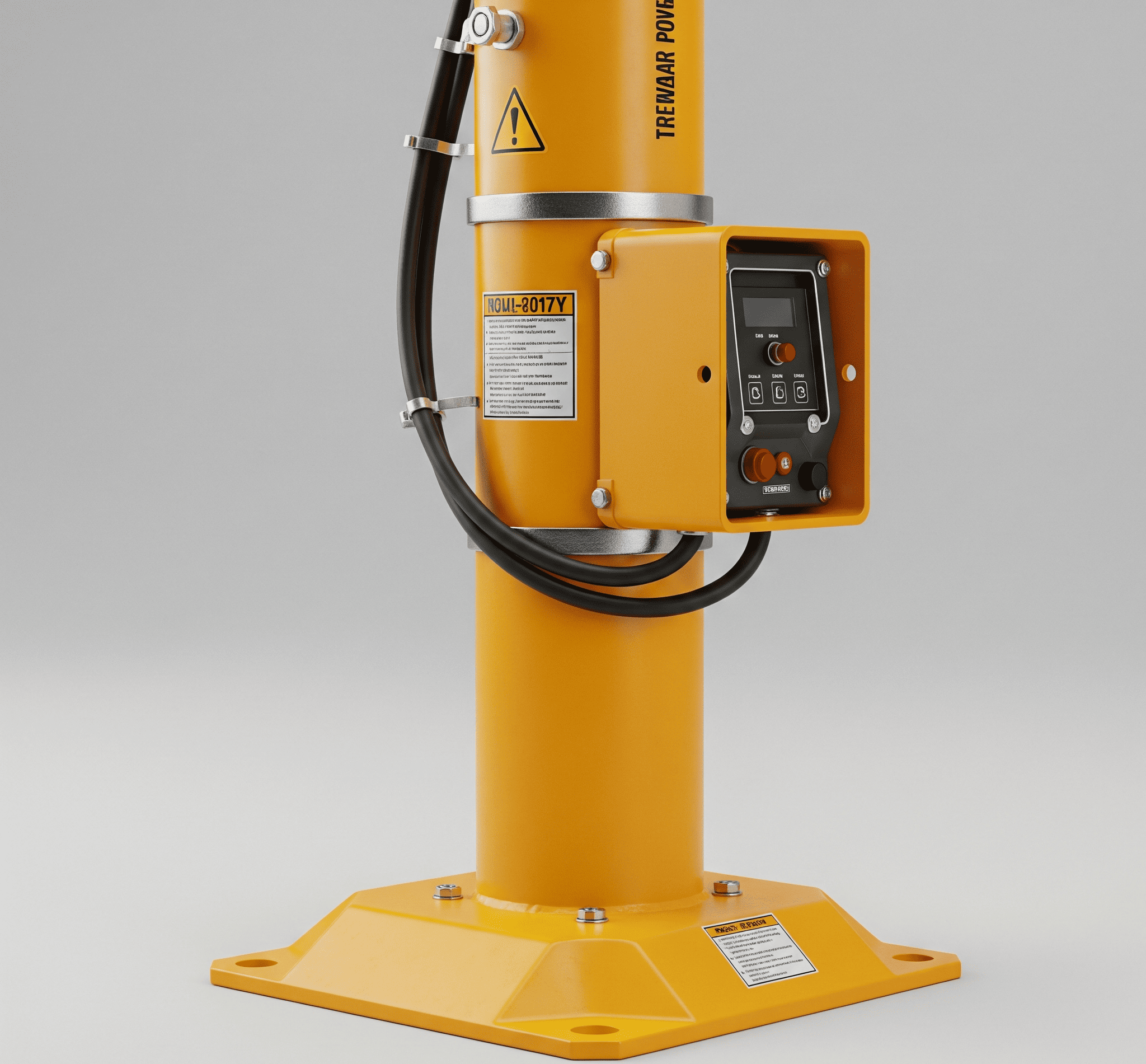Kingsgrove Branch:
Temp Power Pole

Temp power pole, a crucial component in temporary power solutions, is the focus of this comprehensive guide. From construction sites to large-scale events, understanding the ins and outs of these temporary power sources is vital. This guide breaks down everything from the different types of poles to the safety precautions you need to know, helping you make informed decisions
Whether you're a seasoned professional or just starting out, this resource provides a clear and concise overview of temporary power poles, their applications, and essential considerations. We'll explore the diverse materials used, highlighting the strengths and weaknesses of each. You'll discover the advantages and disadvantages of choosing a temporary solution over a permanent one, along with a breakdown of costs and installation procedures. See temporary power board
Temporary Power Poles: A Comprehensive Overview
Temporary power poles are a vital component in various industries and situations where a quick and efficient power solution is needed. They provide a temporary infrastructure for electricity delivery, often in areas where a permanent installation isn't feasible or practical. This overview delves into the intricacies of temporary power poles, from their application and materials to installation, maintenance, and safety considerations
Introduction to Temporary Power Poles
Temporary power poles are designed for temporary power needs, such as construction sites, events, or emergency situations. They are crucial for bridging the gap between the need for power and the time it takes to install permanent solutions. Different materials are used, offering varying strengths and weight capacities, to suit specific needs
- Function: Temporary power poles facilitate temporary electrical connections, often in situations where a permanent installation is not possible or economical. They provide power for various activities, from construction to events
- Materials: Common materials include steel, aluminum, and fiberglass. The choice depends on factors such as load capacity, cost, and desired lifespan
- Applications: Construction sites, large events (concerts, festivals), disaster relief efforts, and temporary industrial setups frequently utilize temporary power poles
- Advantages: Faster deployment, lower initial cost, and adaptability to changing needs are key advantages. They are especially useful in locations where permanent infrastructure is absent or impractical
- Disadvantages: Temporary power poles may not offer the same durability as permanent poles, and their lifespan is limited. They might require more maintenance than permanent installations
| Temporary Power Poles | Comparison |
|---|---|
| Faster | Temporary poles offer quicker setup |
| Lower | Temporary poles are generally more affordable initially |
| Lower | Permanent poles have a longer lifespan |
| Potentially higher | Temporary poles may require more maintenance |
Types and Specifications, Temp power pole
Various types of temporary power poles are available, categorized by material, size, and intended use. Specifications, including dimensions, weight capacity, and electrical ratings, are critical for safe and efficient operation. Safety standards and regulations must be meticulously followed during installation and operation
- Types: Types include steel, aluminum, and fiberglass poles, each with different strengths and weaknesses
- Specifications: Critical specifications include dimensions, weight capacities, and electrical ratings to ensure safe operation
- Safety Standards: Adherence to industry safety standards is crucial for safe installation and use. This includes proper grounding, insulation, and protection from environmental hazards
- Mounting Methods: Different mounting methods exist, including anchoring systems, concrete bases, and specialized brackets
| Strengths | Suitable Applications |
|---|---|
| High strength, durability | Construction sites, heavy-duty applications |
| Lightweight, corrosion resistant | Event setups, temporary installations |
| Lightweight, strong, non-conductive | Areas with high winds, where weight is critical |
Installation and Maintenance Procedures
Safe installation of temporary power poles involves careful site preparation, anchoring, and electrical connections. Appropriate tools and equipment are necessary for each stage. Maintaining the integrity and safety of temporary power poles is essential for ongoing operations
- Installation Steps: Clear steps, from site preparation to final electrical connections, are crucial for a safe installation
- Tools and Equipment: Appropriate tools and equipment are needed for installation and maintenance, including cranes, digging tools, and electrical testing equipment
- Maintenance Procedures: Regular maintenance is crucial for safety and longevity. This includes checking connections, inspecting the pole for damage, and ensuring proper grounding
| Procedure | Tools/Equipment |
|---|---|
| Site Preparation | Digging tools, surveying equipment |
| Anchoring | Anchoring systems, concrete |
| Electrical Connections | Electrical testers, connectors |
Ending Remarks
In conclusion, temporary power poles offer a flexible and often cost-effective alternative to permanent installations. This guide has equipped you with the knowledge to understand the various types, installation processes, safety protocols, and economic factors associated with these essential temporary power solutions. Remember, safety is paramount, so always prioritize adherence to regulations and best practices when working with temp power poles
Choosing the right pole for the job and understanding its limitations are key to successful deployment
Detailed FAQs: Temp Power Pole
What are the common materials used for temporary power poles?
Common materials include aluminum, steel, and fiberglass, each with varying strengths and weaknesses. Aluminum is lightweight, while steel offers superior strength. Fiberglass is a good choice for corrosion resistance
What are the safety regulations when installing temporary power poles?
Always adhere to local electrical codes and safety standards. Proper grounding, insulation, and secure mounting are crucial for preventing accidents. Consult with qualified professionals for complex installations. See heavy duty
How do I choose the right temporary power pole for my project?
Consider factors like the required power output, the duration of the project, the environment, and the load capacity. Comparing specifications and consulting with experts can help you make the best choice
What are the potential environmental impacts of using temporary power poles?
Proper disposal of materials and adherence to environmental regulations are key. Some materials, like wood, can decompose, while others, like metal, require responsible recycling. Using recyclable materials and reducing waste is always a good practice
Recent posts

Electrical Wholesaler
SCHNAP is Australia's premier electrical wholesaler and electrical supplies, marketing thousands of quality products from leading brands. Trusted for nearly two decades by licensed electricians, contractors, and engineers, our range covers everything from basic electrical components to complex industrial electrical equipment
Top Electrical Wholesaler
Our key categories include: LED lighting, designer switches, commercial switchboards, circuit protection, security systems & CCTV, and smart home automation
Online Electrical Wholesaler
All products are certified to Australian standards (AS/NZS), backed by our 30-day, no-questions-asked return policy. Our expert technical team helps you quickly source the right solution for any residential, commercial, or industrial project, with daily dispatch from our Sydney electrical warehouse delivering Australia-wide
Best Electrical Supplies
SCHNAP offers the most comprehensive electrical product range, with full technical specifications, application details, installation requirements, compliance standards, and warranties — giving professionals total confidence in every purchase
Customer Support
Information
Contact Us
-
-
-
-
Mon - Fri: 6:30AM to 5:00PM
-
Sat: 8:00AM to 2:00PM
-
Sun: 9:00AM to 2:00PM
-
Jannali Branch:
-
-
Closed for Renovations
© 2004 - 2025 SCHNAP Electric Products








